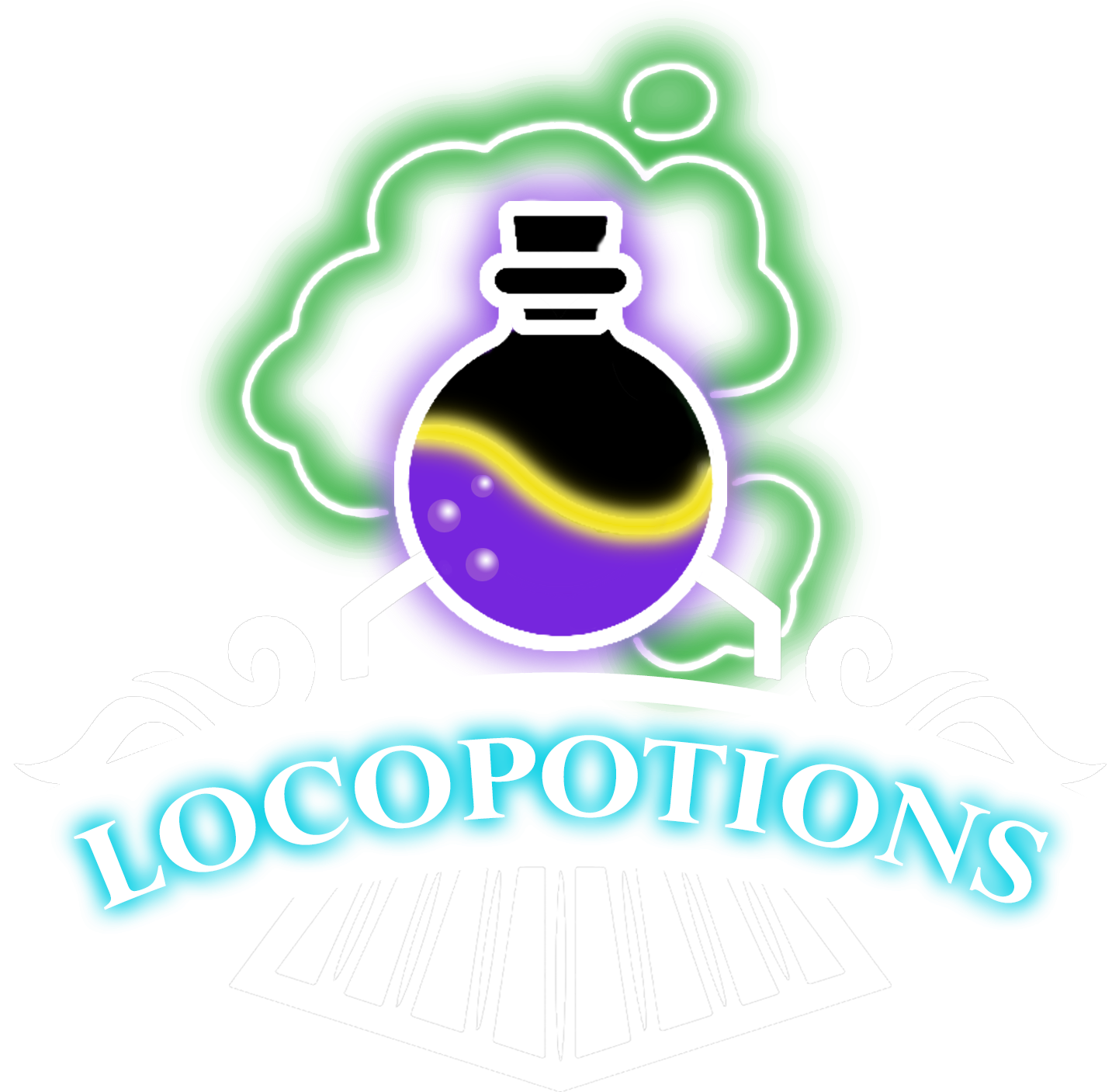Vodka …. What is It?
Vodka, a clear and versatile spirit, is a staple in bars and households around the world. Its clean taste and adaptability make it a favorite for many classic cocktails. But what exactly is vodka, and where does it come from? Let’s delve into the intriguing history and essence of this beloved spirit.
Origins in Eastern Europe
The origins of vodka are hotly debated, with both Russia and Poland claiming to be the birthplace of this iconic spirit. The term “vodka” itself is derived from the Slavic word “voda,” meaning water, indicative of its clear, transparent appearance. Historical records suggest that vodka production began in these regions as early as the 8th or 9th century.
The Evolution of Production
Early vodka was quite different from the refined spirit we know today. Initially, it was used for medicinal purposes and was often flavored with herbs and spices to mask impurities. The distillation process was rudimentary, resulting in a harsher, more potent beverage.
It wasn’t until the 18th century that vodka began to evolve into the purer, smoother drink we recognize. The introduction of charcoal filtration and more advanced distillation techniques significantly improved its quality. In Russia, Peter the Great established the first state monopoly on vodka production, ensuring a standard of quality and turning vodka into a significant source of revenue.
Global Expansion
Vodka’s journey beyond Eastern Europe began in the late 19th and early 20th centuries. Immigrants from Russia and Poland brought their knowledge and traditions to Western Europe and the United States. The Russian Revolution of 1917 further accelerated this spread, as many Russians fled the turmoil, bringing vodka with them.
In the mid-20th century, vodka’s popularity skyrocketed in the United States, thanks in part to clever marketing campaigns. Brands like Smirnoff emphasized vodka’s purity and versatility, promoting it as a perfect base for cocktails. The Moscow Mule, a cocktail made with vodka, ginger beer, and lime, became a cultural phenomenon in the 1940s and 1950s, solidifying vodka’s place in American drinking culture.
Modern-Day Vodka
Today, vodka is produced worldwide, with countries like Sweden, France, and the United States joining traditional producers like Russia and Poland. The spirit can be made from various raw materials, including grains, potatoes, and even grapes. Despite these differences, the essence of vodka remains the same: a neutral, pure spirit that can be enjoyed in countless ways.
From martinis to Bloody Marys, vodka’s versatility in cocktails is unmatched. Its clean profile allows it to blend seamlessly with a variety of mixers and flavors, making it a favorite among bartenders and drinkers alike.
Conclusion
Vodka’s history is a testament to its enduring appeal and adaptability. From its humble beginnings in Eastern Europe to its status as a global icon, vodka has evolved while retaining its core identity. So, the next time you enjoy a vodka cocktail, take a moment to appreciate the rich history and craftsmanship that have made it what it is today. Cheers!


https://support.displaylink.com/forums/287786-displaylink-feature-suggestions/suggestions/50783747-traveling-by-car-from-venice-to-the-surrounding-ar